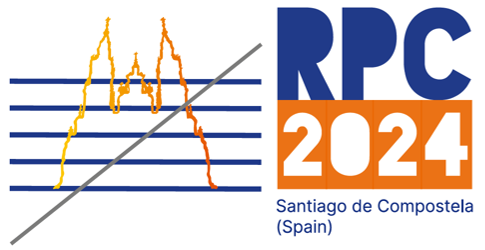Speaker
Description
In order to cope with the High-Luminosity Large Hadron Collider, the current ATLAS Muon system foresees a significant upgrade during the Long Shutdown-3.
For the muon trigger, three layers of thin-gap Resistive Plate Chambers (RPC) will be added to the BI (Barrel Inner) region.
This new generation of RPC benefits from the thin-gap structure to achieve the required higher rate capability.
At the same time, it is also very challenging for detector production, quality assurance, and quality control.
Our Chinese ATLAS group undertook the construction of 912 readout panels, the fabrication of 72 BI gas gaps, and the assembly of 360 singlets for the upgrade.
To fulfill the BI-RPC project in China, we have established and optimized the vacuum-bag-based method for honeycomb readout panel production in our laboratory at USTC.
The same method is also applied to the production of readout panels in the industry. The speed and quality of readout panel production have been significantly accelerated.
The production procedures of the gas gap prototypes at USTC are presented. The gas gaps are oiled at a room temperature of 40°C and flushed with heptane before applying the Linseed oil.
This process can significantly enhance the quality of linseed oiling on the inner surfaces of the Bakelite RPC.
The quality of those gas gap prototypes are checked and the results are very promising.
